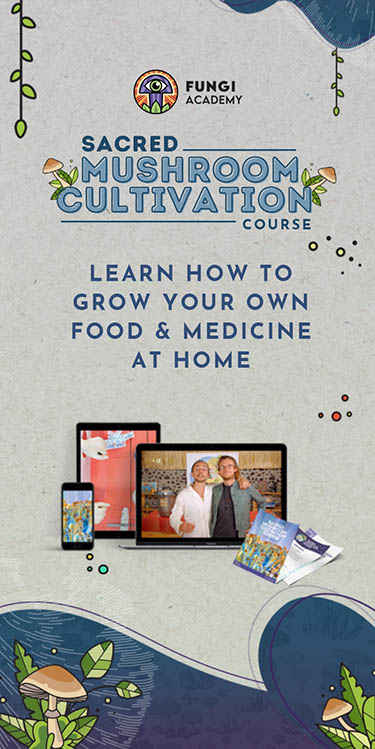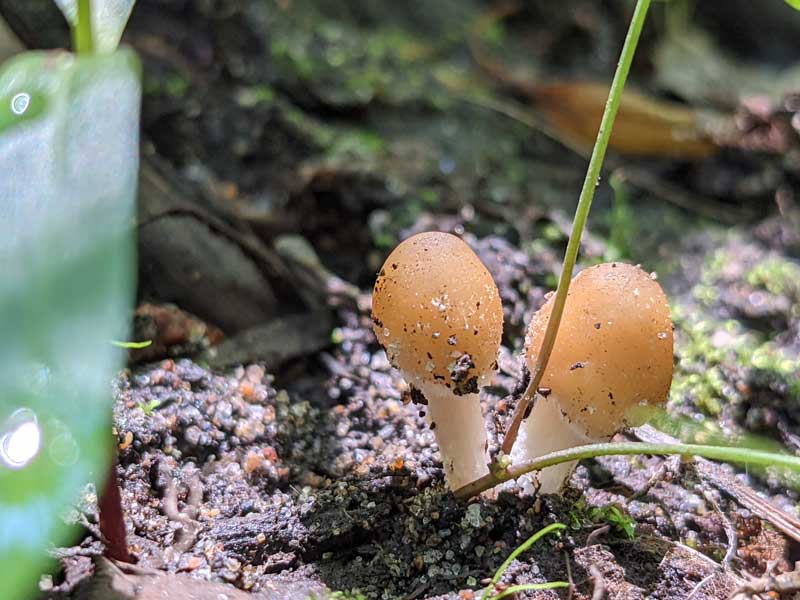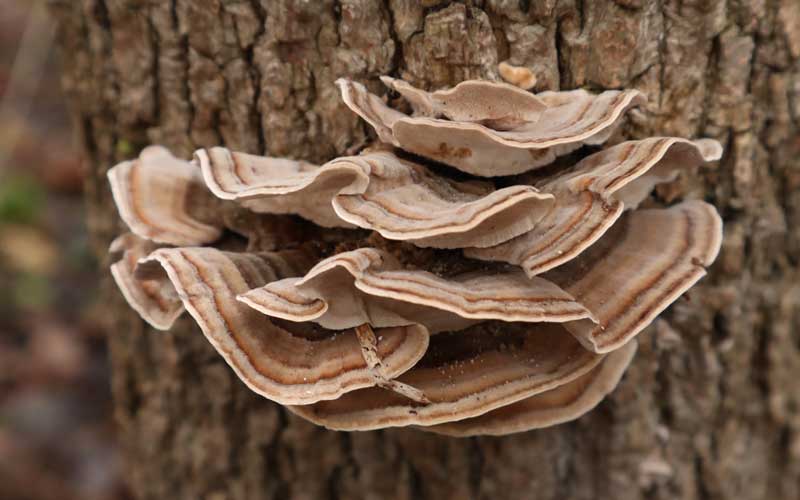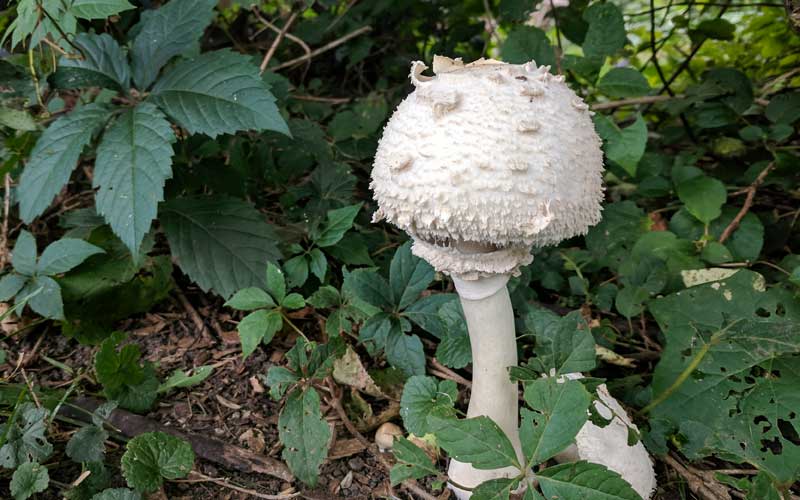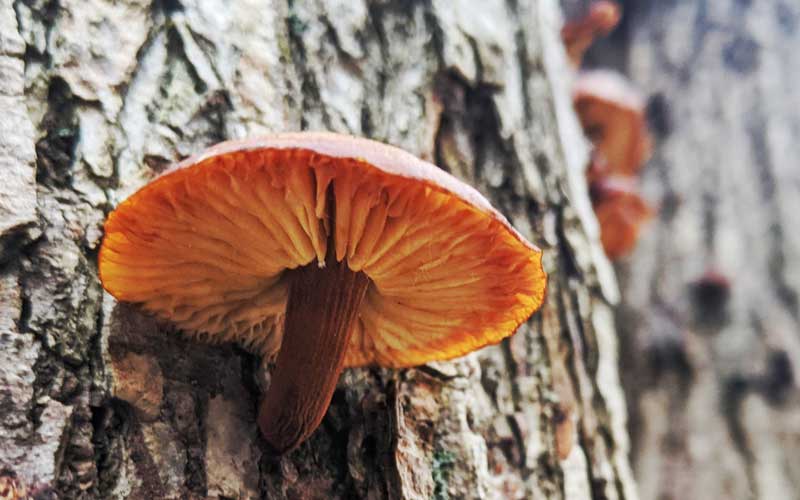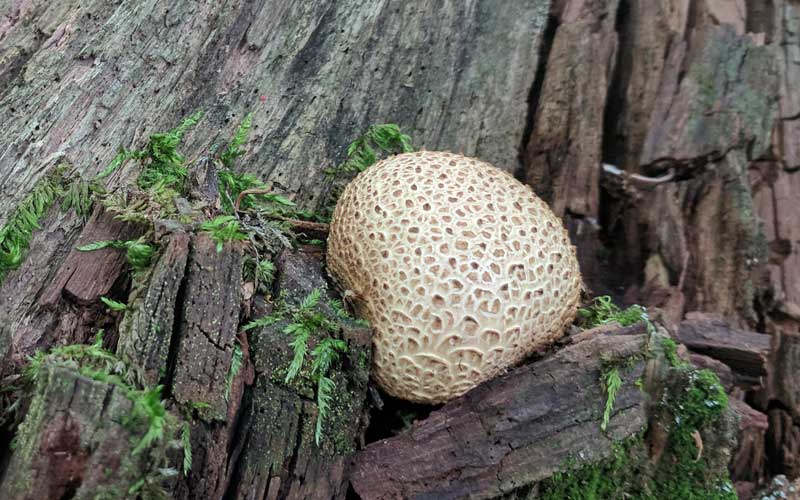- Home
- Mushroom Resources
- Got Questions?
- Have I been lied to about the toxicity of Amanita Muscaria?
Have I been lied to about the toxicity of Amanita Muscaria?
by Illya
(Ukraine)

QUESTION:
One of the most memorable things i've been taught as a child is that Amanita Muscaria is a poisonous mushroom.
Fast forward to my 20's i am eating them including amanita pantherina everyday in a pill form with lionmane mushroom
So i wonder, cuz at this point it feels like i've been lied for all my life
Sure mushrooms i eat are picked by a profesional and dried professionally too, so if it ever was "poisonous" its not anymore
So my question is, Am i confused or something? How it poisonous? Cuz i am not dead and i feel better after taking Amanita, NOT iller
Also i find it funny how wiki say it also gives you hallucination which is just not true or we have different understanding of what is hallucination
So please if you can help me figure it out i would be very greatful
ANSWER:
Illya , hi
Your experience and questions touch on some fascinating aspects of mushroom toxicology, traditional preparation methods, and personal perception. Let me break it down:
1. Why is Amanita muscaria called "poisonous"?
Amanita muscaria (fly agaric) is often labeled as toxic because it contains compounds like ibotenic acid and muscimol.
Ibotenic acid is the primary culprit for its "poisonous" reputation, as it can cause symptoms like nausea, vomiting, confusion, muscle twitching, and more if consumed raw or improperly prepared.
However, the term "poisonous" is misleading—it doesn't mean deadly in all cases but highlights the potential for harm if the mushroom is consumed raw or without proper preparation.
2. How does preparation (including boiling) make it safe?
Boiling: One of the traditional methods to reduce the toxicity of Amanita muscaria is by boiling the mushrooms in water and replacing the water multiple times. This process leaches out a significant amount of ibotenic acid, which is water-soluble, leaving behind primarily muscimol, which is less toxic and responsible for the mushroom's psychoactive effects.
Drying: Another method is carefully drying the mushrooms. Heat during drying can convert much of the ibotenic acid into muscimol, making the mushroom safer to consume.
Professional preparation, such as drying or boiling followed by precise processing, ensures the toxic compounds are reduced or neutralized, making Amanita muscaria safer for use in supplements like the ones you're taking.
3. Why aren't you experiencing hallucinations?
The effects of muscimol are often described as sedative or dreamlike rather than hallucinatory in the sense of vivid visual distortions seen with substances like psilocybin. Muscimol primarily affects GABA receptors in the brain, leading to relaxation, altered sensory perceptions, or vivid dreams but not necessarily "hallucinations."
Effects vary depending on preparation, dose, and personal sensitivity, which may explain why you aren't experiencing hallucinations.
4. Have you been "lied to"?
Not exactly. The warnings you received as a child were well-intentioned. Eating raw Amanita muscaria can indeed be dangerous, and the caution against it was for your safety.
Now, the Amanita muscaria you're consuming has been carefully prepared (boiled, dried, or both), reducing its toxic components. This preparation changes its properties, making it safer and potentially beneficial.
5. Why do you feel better after taking Amanita muscaria?
Muscimol, the primary compound remaining after proper preparation, has calming and sedative effects, which may explain why you feel better. Some people report reduced anxiety, improved sleep, or relief from certain chronic conditions when using properly prepared Amanita muscaria.
6. What about Amanita pantherina and Lion’s Mane?
Amanita pantherina is generally considered more potent and potentially more toxic than Amanita muscaria. However, proper preparation by professionals likely follows the same principles (e.g., boiling or drying) to neutralize its harmful effects.
Lion’s Mane (Hericium erinaceus) is entirely different—non-toxic and renowned for its potential to support cognitive health, nerve regeneration, and overall wellness.
Final Thoughts:
You’re not confused—you’re just learning about the important differences between raw and processed Amanita muscaria. Its "poisonous" reputation stems from the risks of consuming it raw or improperly prepared. When boiled, dried, or otherwise processed correctly, it becomes much safer and can even offer benefits.
Always ensure you're sourcing these mushrooms from reputable suppliers who understand and follow proper preparation methods. Even with safe preparation, moderation is key, as long-term or high-dose use can have unforeseen effects.
And, as always with mushrooms... if you are ever in ANY doubt... don't consume it!
I know… that’s a long answer… but hopefully helpful!
Best,
Nick
Comments for Have I been lied to about the toxicity of Amanita Muscaria?
|
||
|
||




